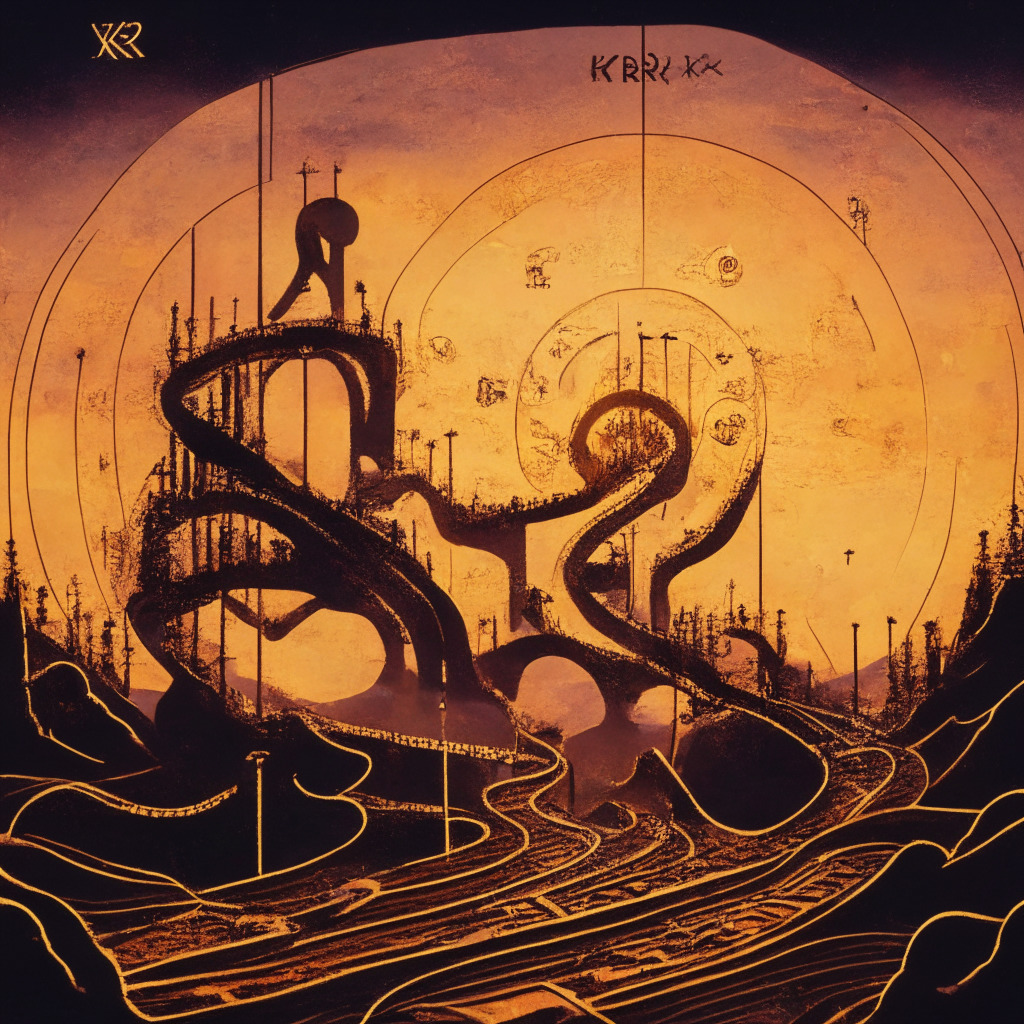Stablecoin issuer Circle Internet Financial is recalibrating the reserves behind the $30 billion USD Coin (USDC), taking into account the prospect of a U.S. government debt default. BlackRock, the global investment management giant, handles the Circle Reserve Fund, which has incorporated $8.7 billion in overnight repurchase (repo) agreements into the portfolio as of May 16.
These tri-party repo agreements involve major banks such as BNP Paribas, Goldman Sachs, Barclays, and Royal Bank of Canada. Overnight repo transactions function as short-term collateralized loans, where the borrower sells a security, in this case U.S. Treasurys, for cash and repurchases the collateral the next day at a higher price. This essentially entails significant investors with surplus cash parking those funds with Wall Street dealers requiring funding.
According to a Circle spokesperson, adding these highly liquid assets to the Circle Reserve Fund also offers extra protection for the USDC reserve in case of a U.S. debt default. This move coincides with ongoing discussions between U.S. lawmakers and President Joe Biden‘s administration over raising the debt ceiling. Treasury Secretary Janet Yellen has warned that without increasing the debt limit, the Treasury Department could run out of cash by early June.
In anticipation of this scenario, Circle’s fund jettisoned Treasurys with maturities beyond the end of May as of May 10. Moreover, the Circle spokesperson mentioned that Circle plans to rotate these assets into cash or government repo transactions. The collateral for the repo transactions will exclude securities that mature within three days.
Circle’s proactive approach to the pending debt ceiling issue is a prudent move considering the interconnected nature of cryptocurrencies and traditional markets. By minimizing exposure to a possible breach in the U.S. government’s ability to pay its debts, Circle protects the value of its USDC reserves.
The intertwining of digital currencies and traditional finance has brought about an era where old and new financial structures blend. As stablecoins continue to gain prominence, it is important to stay vigilant and prepare for various scenarios
Source: Coindesk




